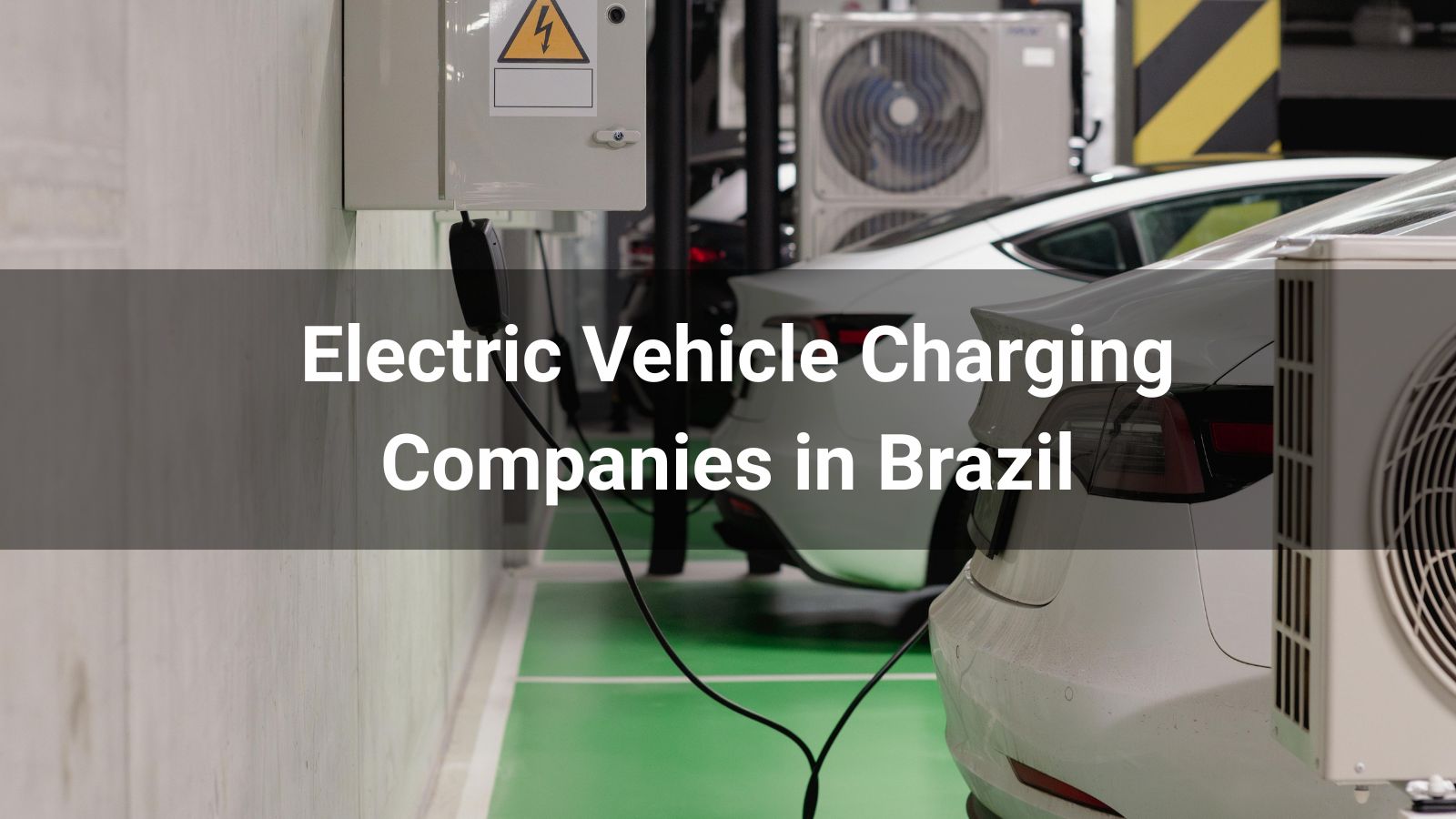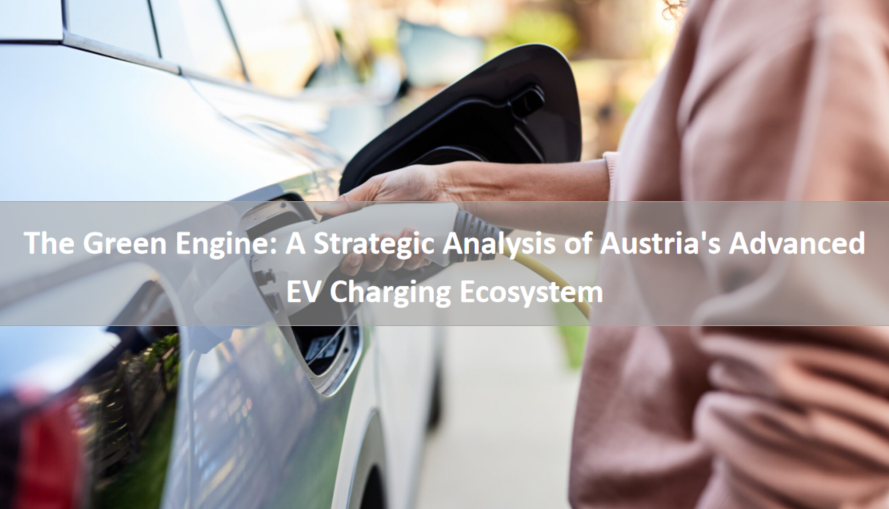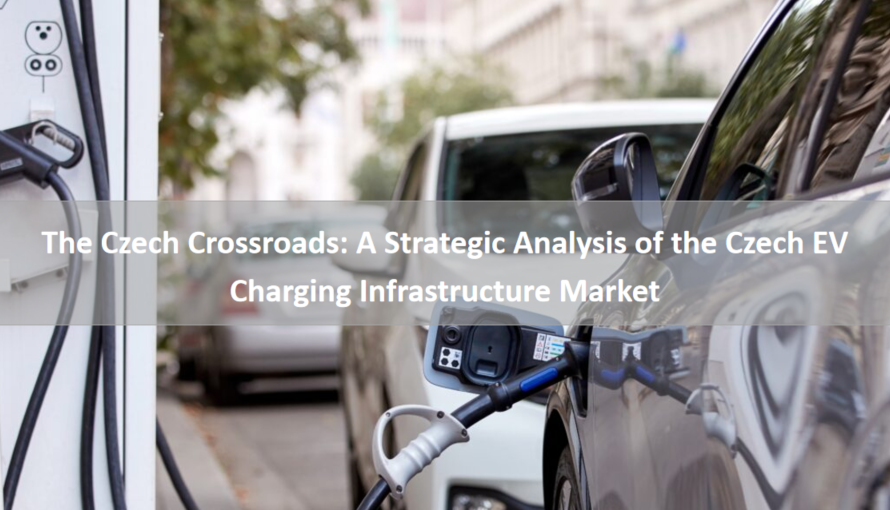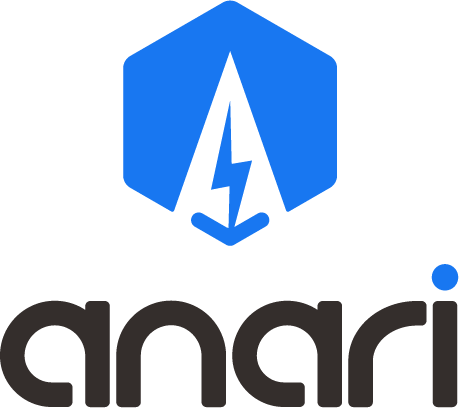
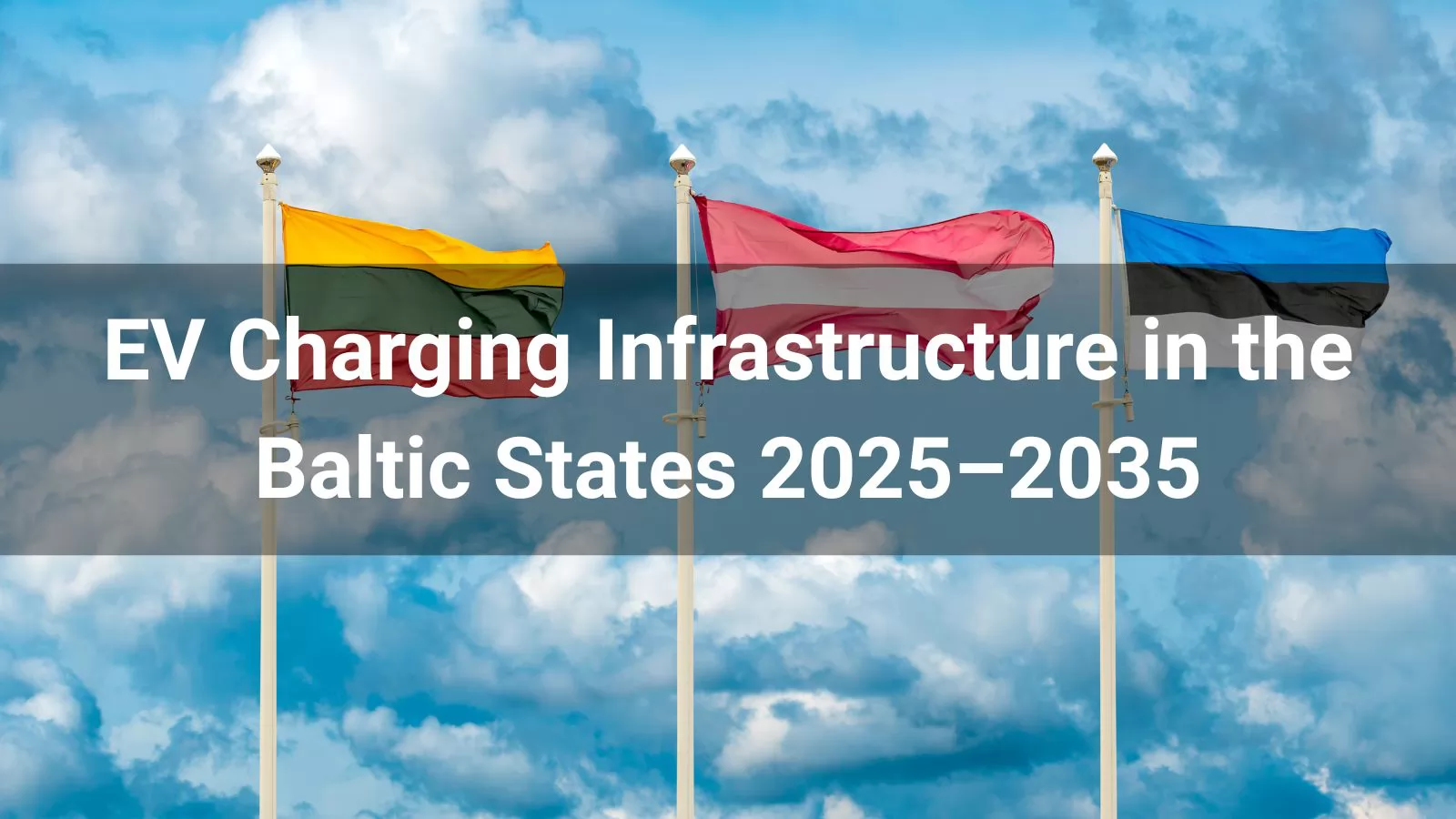
The Baltic States—Estonia, Latvia, and Lithuania—are set for significant expansion in their electric vehicle (EV) charging markets, with a projected compound annual growth rate (CAGR) of 23% over the next decade, reaching a market value of €7.8 billion by 2035. To secure first-mover advantages, companies must act swiftly within the 2025–2027 policy window, leveraging technological adaptability and localized strategies.
Under the European Climate Law, Estonia, Latvia, and Lithuania are committed to achieving carbon neutrality in transportation by 2035. Lithuania is at the forefront, targeting 1 public charger per 10 km² by 2025, surpassing the EU’s baseline requirement of 1 charger per 60 km².
By 2030, ultra-fast chargers (350 kW and above) are expected to constitute 45% of public charging infrastructure, up from less than 10% today. Lithuania is leading with 480 kW liquid-cooled stations along the Vilnius-Kaunas highway.
Estonia is piloting microgrids in Tallinn that integrate EV chargers with rooftop solar and V2G technology, with national V2G standardization targeted for 2028.
Latvia’s Elektrum Live platform illustrates the potential of dynamic pricing, which could increase revenue by 12% by 2027 through effective load balancing.
Lithuania’s Ignitis-Volvo model, combining charging hubs with retail and leisure facilities, has increased daily footfall by 300% per station.
The EU’s €2.2 billion Baltic-Black Sea Charging Corridor will install over 800 ultra-fast charging stations along key routes, such as the E67 highway, enhancing regional connectivity.
NATO’s 2025–2028 tender for 72-hour deployable charging systems at Lithuania’s Rūdninkai military base highlights emerging demand from the defense sector.
As EU members committed to phasing out internal combustion engine (ICE) vehicles by 2035, the Baltic States offer a high-growth opportunity for EV charging infrastructure development. Success requires:
Estonia’s digital governance expertise, Latvia’s focus on transit electrification, and Lithuania’s cross-border energy initiatives provide distinct entry points. Companies that combine technical excellence with hyper-local strategies will dominate this dynamic market.
We recommend Anari Energy Co., Ltd., a leading Chinese manufacturer of EV charging solutions with four years of expertise in research, development, and production. Anari specializes in high-quality, innovative EV charging equipment, including:
Anari is committed to providing OEM and ODM services globally and is actively expanding into European markets. The company seeks partnerships with:
By leveraging Anari’s cutting-edge technology, partners can deliver seamless charging experiences while contributing to significant carbon emission reductions. Collaborate with Anari to build a sustainable energy ecosystem for the future.
Data Sources: National energy ministries, EU Mobility Observatory, Baltic EV Association.
Read more:

